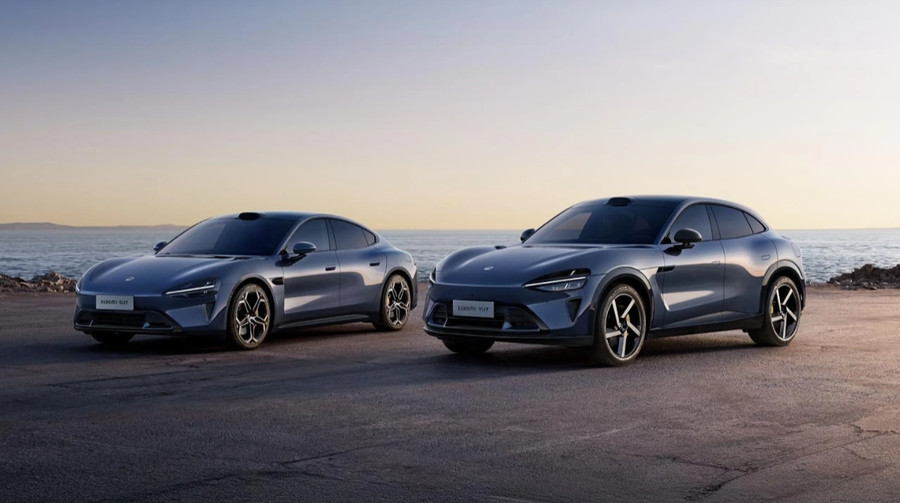Xiaomi recently officially unveiled its new electric SUV YU7, which aims to become a serious competitor to the Tesla Model Y in the Chinese market. Sales of the YU7 are scheduled to start in July 2025. According to CNEVPost, citing Deutsche Bank forecasts, the company plans to deliver about 100,000 units of this electric vehicle by 2025.
Together with the SU7 sedan, of which 280,000 units are planned to be delivered, Xiaomi's total electric car sales in 2025 could reach 380,000. This even exceeds the target announced by the company's CEO Lei Jun in March - 350,000 units.
Xiaomi is ramping up production. The Beijing factory is already operating in two shifts, and the second part of the plant is expected to be completed by June 2025 to better meet demand. But it's still difficult to produce cars right now: people who ordered the SU7 are waiting 40 to 50 weeks for their cars.
As for the YU7, it will be available in three trim levels. The base version has significant advantages: a range of 835 km thanks to a 96.3 kWh battery, which is significantly more than the Tesla Model Y RWD, which provides 593 km on a single charge. The YU7 is also larger than its competitor. The car is almost 5 meters long and has a more spacious interior. However, despite the greater weight, acceleration to 100 km/h in the base version remains the same - 5.88 seconds.
The key advantage of the YU7 is its support for the 800-volt architecture , which allows for an additional 620 km of range in just 15 minutes. Lei Jun openly stated that the YU7 was created to compete with the Tesla Model Y, and assured that his car is "much better."
In 2026, when Xiaomi's production reaches full capacity, competition in the electric car market in China will intensify even more.
By the way, despite positive forecasts for 2025, sales of Xiaomi electric cars have now fallen. The reason for the fall was the consequences of an accident in which three people died, as well as the scandal surrounding the SU7 Ultra. More than 300 customers want to cancel orders due to misleading advertising of the hood design. Xiaomi claimed air ducts to improve aerodynamics, but they turned out to be fake.

